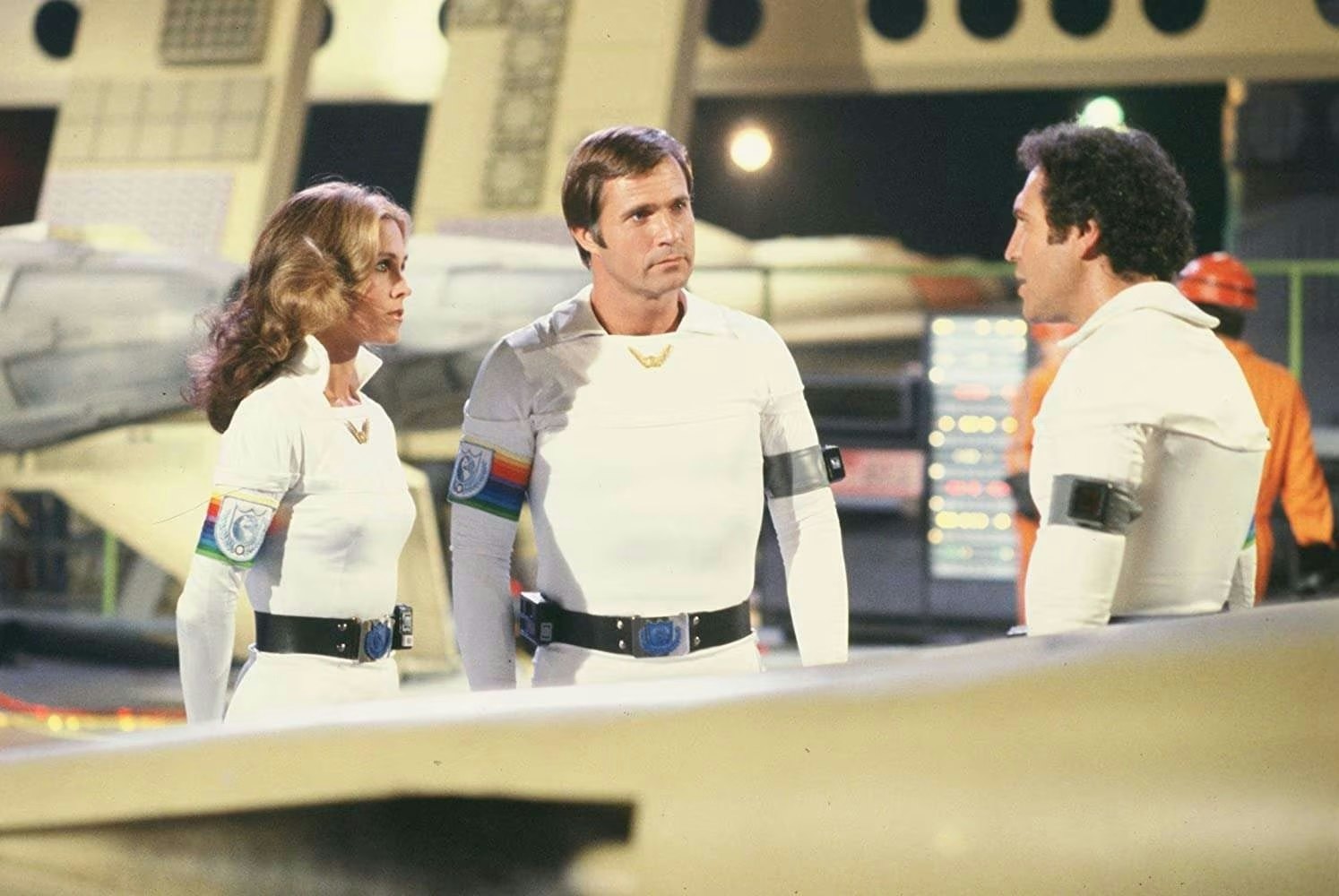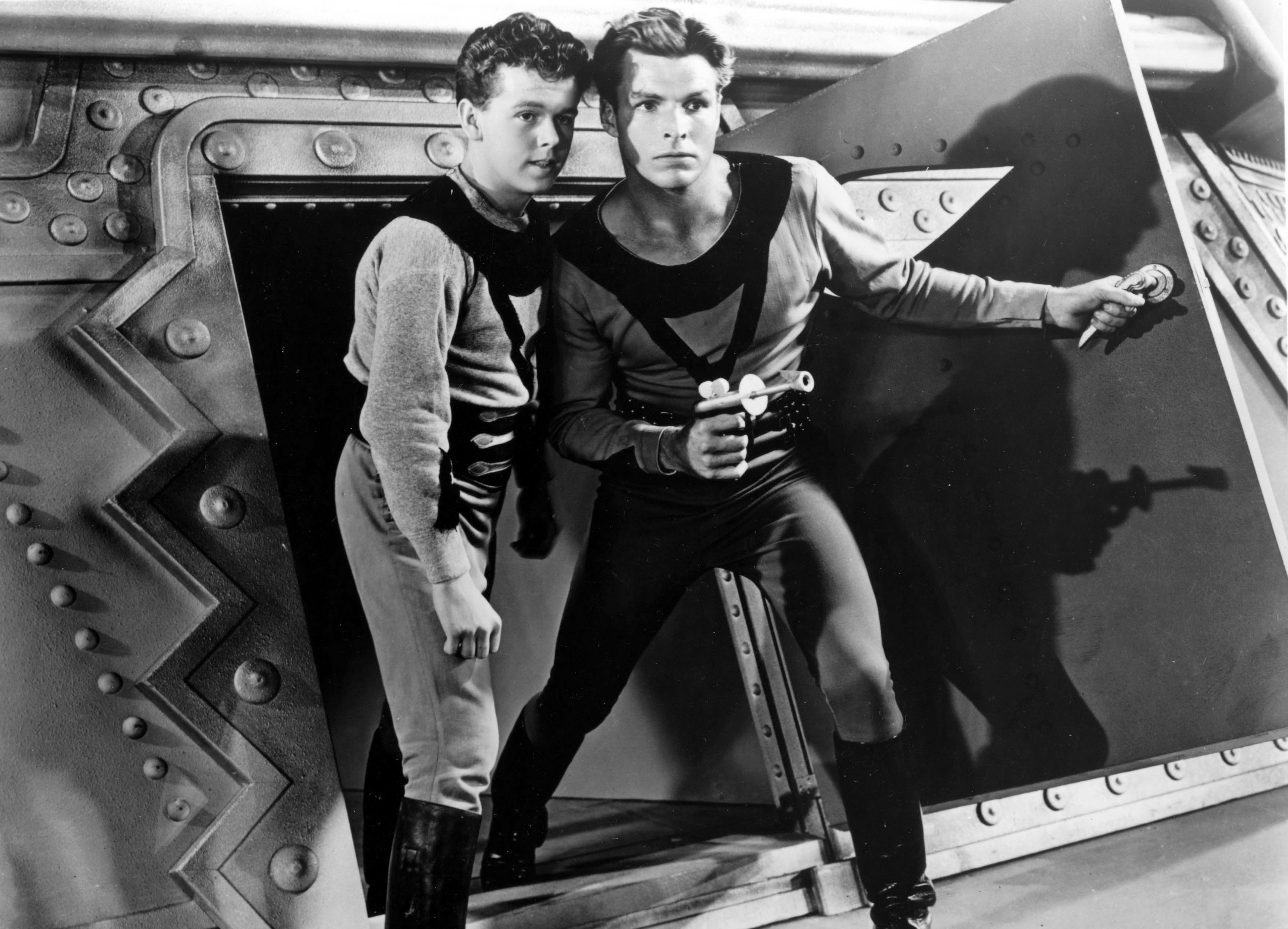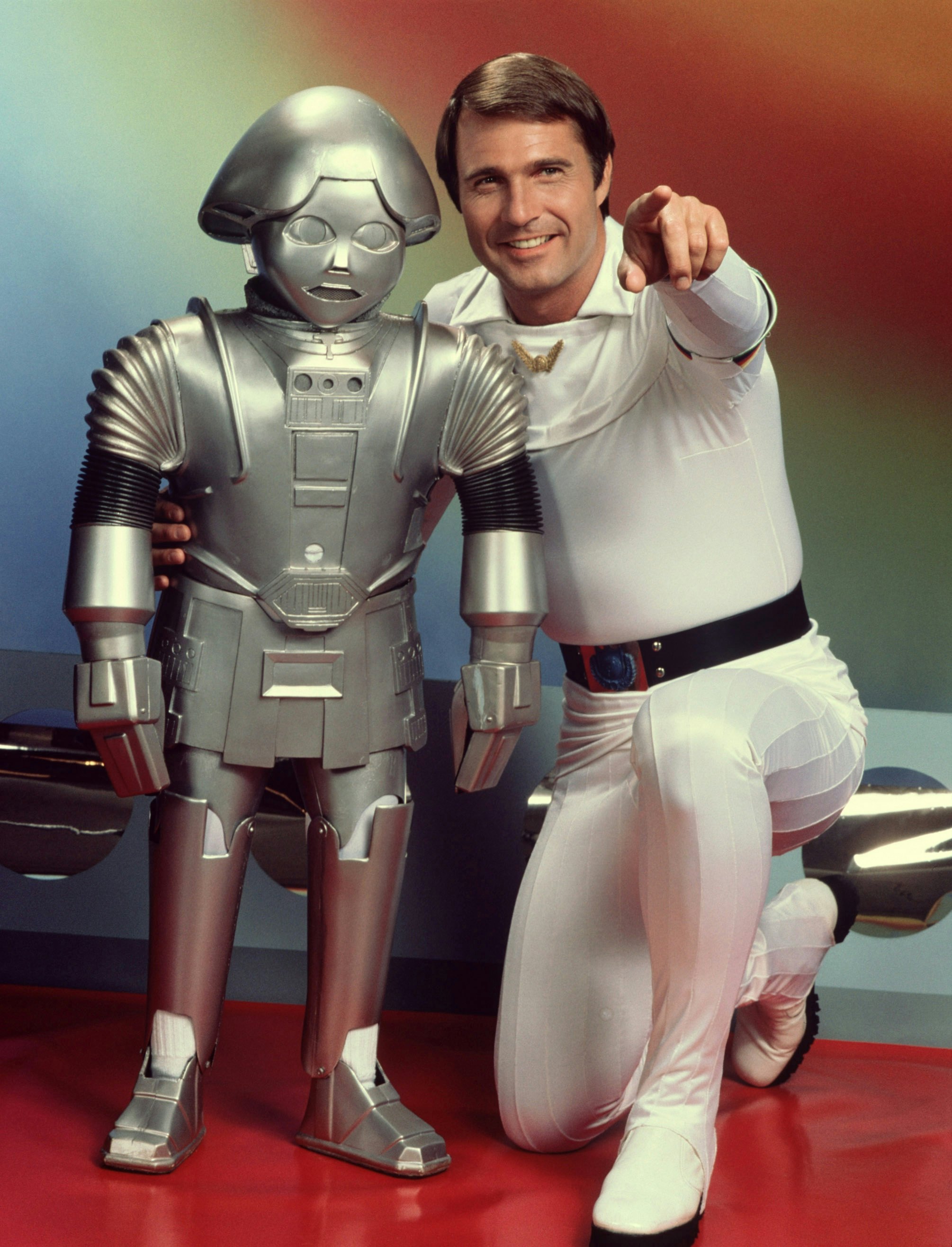
Every great action-adventure hero is a rip-off of someone else. Captain Kirk was Gene Roddenberry’s riff on Horatio Hornblower. James Bond was Bulldog Drummond with better taste in booze. One of the most influential rip-offs was Flash Gordon, who, in comic strip form, was just a copy of Buck Rogers.
Although Buck Rogers has many spiritual decedents — from John Carter of Mars to Vin Diesel’s Riddick to Star-Lord in Guardians of the Galaxy — Buck himself is arguably the first everyman sci-fi hero. But 45 years ago, on September 20, 1979, Buck Rogers was rebooted for a new audience. His 1979 series might look laughable today, but at the time, this kitschy show did the impossible: it took an outdated hero and made him cool again, at least for a little while.
Buck Rogers’ strange origins
Although Buck Rogers was made famous by Buster Crabbe’s movie serials that began in 1939, the character came from a popular 1929 comic strip based on a character from a short novel written by Philip Francis Nowlan in 1928. That novel, Armageddon 2419 A.D., laid out the basic premise for all the Buck Rogers adventures that followed: an ordinary guy named Anthony Rogers gets put into suspended animation by some strange cave gases and wakes up in the 25th century.
The idea that Buck is a guy from our time who just happens to be the future’s savior is the guiding principle for all interpretations of character. We may not relate to the wacky future he finds himself in, but we do understand him on a basic level. Flash Gordon took this fish-out-of-water idea a step further by making Flash a football player, which today would kind of be like making Travis Kelce the star of Rebel Moon.

How Buck Rogers in the 25th Century changed the game
Co-created by prolific producer Glen A. Larson after the mixed results of 1978’s Battlestar Galactica, the rebooted Buck Rogers — titled Buck Rogers in the 25th Century — reimagined Buck (Gil Gerard) as a NASA astronaut from the near-future of 1987. In this version, Buck's controls are “frozen” in a “freak mishap,” leading to an extra-long orbit that returns him to Earth “500 years later.”
That may be more plausible than cave gasses, but nothing else about this show is remotely believable or serious. Predicting Larson’s later creation of Knight Rider, the tone and style of Buck Rogers approached science fiction as a punchline. What if there was a casino on a space station? “Vegas in Space” provided the answer. What would happen if space terrorists very slowly tried to blow up a major city on future Earth? In another episode, former Batman Riddler actor Frank Gorshin demonstrated that he didn’t need green tights to be hilariously menacing. Meanwhile, the iconic Mel Blanc voiced a diminutive robot named Twiki, who offered a stuttering “biddie-biddie-biddie” after every sentence.
All that said, Buck Rogers in the 25th Century was not a comedy. Instead, it was unapologetically goofy in its attempt to be mainstream. Disco music was used with abandon, neon lights were everywhere, and if a character wasn’t wearing leather or spandex, they were probably close to wearing nothing at all.

Essentially, the campy aesthetic of the 1960s Star Trek was translated to the 1970s, but the thoughtful social commentary wasn’t. There aren’t really any messages about society in Buck Rogers, other than the vague assertion that Buck is a slightly better human because he’s just more analog. This noble savage notion only takes the storytelling so far, but it’s hard to worry about the thin philosophical premise when everyone is having so much fun.
More than anything, Buck Rogers in the 25th Century proved that a nice, hairy-chested person could reliably have wacky, low-stakes adventures. Light-hearted action adventure proliferated through the 1980s, from Knight Rider to The A-Team to the recently-revived Fall Guy. There’s no smoking raygun to prove that Buck Rogers directly influenced these shows, but the series was certainly a bridge between ‘70s and ‘80s genre television.
Today, most serious sci-fi fans would consider Buck Rogers a curiosity, a kind of failed experiment that fizzled out after only two seasons. But it represents something pivotal for sci-fi as a genre. It argued, with some success, that mainstream sci-fi didn’t have to be self-important to be popular, and that dusty heroes from the past could be thawed out, even after 500 years.







